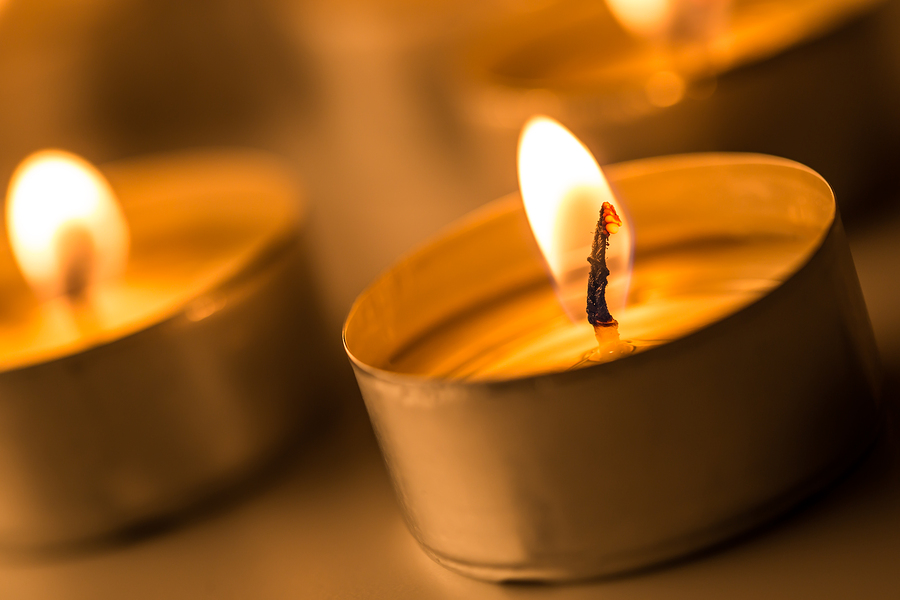- Make It Yourself Lavender Heart-Shaped Bath Bombs!
- 20 Things You Never Knew About “Down There”
- 12 Best Foods For Those Suffering From Arthritis Pain
- 12 Personal Hygiene Mistakes Almost Everyone Makes (Mom Never Told You About #4!)
- 15 Medicinal Plants And Herbs From The Cherokee People
- 12 Mind-Blowing Benefits Of Drinking Coconut Water During Pregnancy
- 12 Outstanding Winter Foods That Won’t Fatten You Up Like A Christmas Turkey
Are Your Candles Toxic?

Photo credit: bigstock.com
Some other pollutants found in candle wax fumes include:
- Carbon Disulfide
- Tetrachloroethene
- Cresol
- Xylene
- Tetrachloride
- Styrene
- Cyclopentene
- Acetone
- Chlorobenzene
- Trichloroflorumethane
- Ethylbenzene
- 2-Butanone
Sounds delightful? No? The next time you breathe in that honey-scented goodness from a paraffin candle just know you’re enjoying the same ingredients used in varnish, paint removers and household cleaning agents! Fun!
Healthy Candle Solutions
That was an awful lot of doom and gloom just now but relax, all is not lost. There are a number of ways you can enjoy the scent and light of candles without exposing yourself to toxic chemicals.
Candles made from bee’s waxare more expensive but they are by far the healthiest option for those seeking an alternative to toxic cheaper varieties. Unlike paraffin varieties, beeswax candles are entirely natural and do not release any toxic chemicals into the air. Beeswax candles are usually labeled as such. By contrast most brands do not exactly advertise their use of paraffin. Make sure the label indicates that it is 100% Beeswax, as some brands try to blend it with paraffin to lower production costs.
Another alternative to consider is candles made from soy. As with the beeswax variety, make sure that they are 100% soy derived, and not a paraffin blend. Soy candles produce clean, non-toxic fumes, and have a long burn time.
Continue to Page 3
































